Whenever I write an article of this nature, I feel obligated to share my stance on this discussion: I don't care about Universes Beyond. After the gradually clearer realization that Magic is a product to be sold, its shifting focus to include other brands is just the natural progression that one would expect from the game in its modern times. It doesn't seem to be in Hasbro's interest for Magic to be anything other than a game system.
Don't get me wrong, Final Fantasy will be my favorite set of all time, which has much more to do with what Final Fantasy means to me than about Magic, and we should consider that more often when discussing these sets: Universes Beyond is the worst thing to happen to Magic until something you like comes out.
It may not be Final Fantasy, Marvel, Lord of the Rings or Avatar, but at some point, something will come out that draws you to that product, that touches your emotional memory, your passions that go beyond the card game, things that you can share and have good times with in other social spheres that you have.
These are elements that, by nature, we have difficulty establishing with Magic, and that is why I believe that there are benefits in Universes Beyond, just as there are drawbacks: the lack of aesthetic integrity, narratives and storytelling after 30 years of world building and, of course, the feeling that the game is becoming a Fortnite — it is closer to Funko, actually, but let's save it for later.
There are also uncertainties. We do not know what Magic will be like in three years, much less in five when Foundations is rotating. We have no idea how much Universes Beyond will have changed the game, much less the repercussions that these changes will have on the competitive structure and social perception of the card game.
Regardless of them, there is only one fact: As of June 6, Magic: The Gathering as we know it will cease to exist. The release of Final Fantasy marks the moment when Universes Beyond will be permanently legal in all formats of the game and will be part of the official release schedule, and the first step towards more and more characters from different franchises permeating the gaming tables inside and outside the competitive scene.
How did we reach the point of no return?
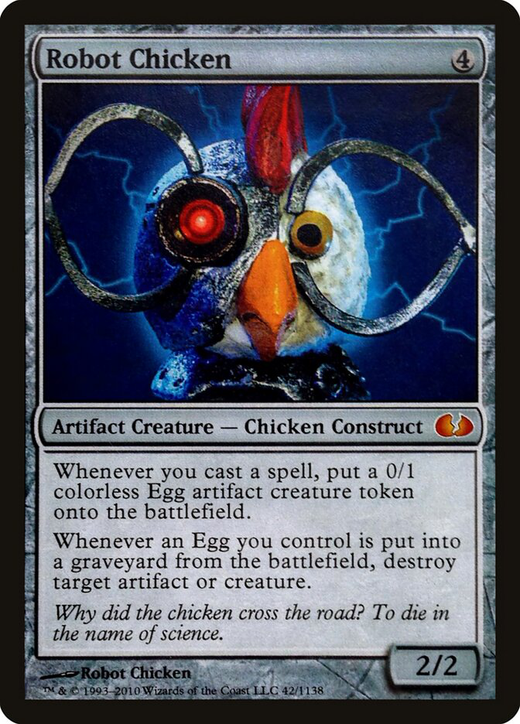
Technically, crossovers have been something Magic has been doing for many years: cards from My Little Pony and even Robot Chicken (an old Adult Swim cartoon) have existed at specific times, as celebration pieces and/or thanks for Wizards of the Coast's collaborations and partnerships with other brands. The change in focus began, however, with Secret Lair.

When it was revealed in 2019, Secret Lair had a lot of buzz. For many, it was the first time Wizards of the Coast had openly stated that they were interested in selling directly to consumers in the secondary market, rather than just selling the primary product — booster boxes, decks, etc. — and it was met with some skepticism.
During the same period, Throne of Eldraine introduced two other measures aimed at Magic collectors with new variant treatments, in addition to Collector Boosters, both elements that have permeated the game forever and will probably never go away. It was clear that Magic was trying to speak to a different audience and meet the demands they had for the card game.
Secret Lair eventually became part of Magic's schedule, being released alongside each new expansion with drops themed around it, or with guest artists. In October 2020, however, Magic took the first step towards what would become Universes Beyond
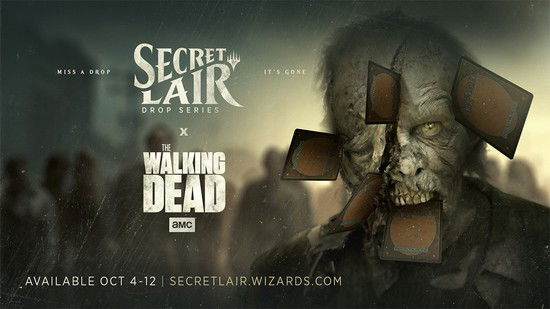
The Walking Dead is one of Magic's most controversial products, perhaps second only to that time when they decided to print Beta proxies to celebrate its 30th anniversary, under the premise of “reliving the experience of opening a booster pack from that era”, and charged $999 for said “experience”.
That aside, the discussion surrounding this Secret Lair involved the first time Magic was doing two things: printing mechanically unique cards to a Secret Lair and printing new, exclusive cards inherent to a universe that does not belong to Wizards of the Coast.

Magic had already done some partnerships before, with the most famous of them being the Godzilla cards in Ikoria: Lair of Behemoths, but for the first time, the company was printing something new, selling it directly to the consumer, and printing the name and image of a character from another universe on it without any alternative means of acquiring the product other than buying it directly from them.
In February 2021, the Universes Beyond series was officially announced. The philosophy of the product remains, technically, the same as when it was revealed: to bring other universes to Magic as a game. To portray their characters, memorable moments and other elements based on the system that the card game offers.
Two sets were revealed at that time: a series of Warhammer 40,000 Commander decks and a full Lord of the Rings expansion that would be legal only in Modern and eternal formats. In July of that same year, Magic's lead designer Mark Rosewater mentioned that Universes Beyond would never make it to a premier set — in other words, that the series would never make it to Standard.
Since then, Universes Beyond has expanded into several partnerships: Street Fighter, Arcane, Stranger Things, Fortnite, Tomb Raider, Transformers, Doctor Who, Jurassic Park, Monty Python, Clue, Fallout, Hatsune Miku, Assassin’s Creed, Ghostbusters, Chucky, Marvel, SpongeBob and now Final Fantasy are some of the most famous brands that Magic has collaborated with since 2021.
But one of them, in particular, may have changed everything we know about the game.
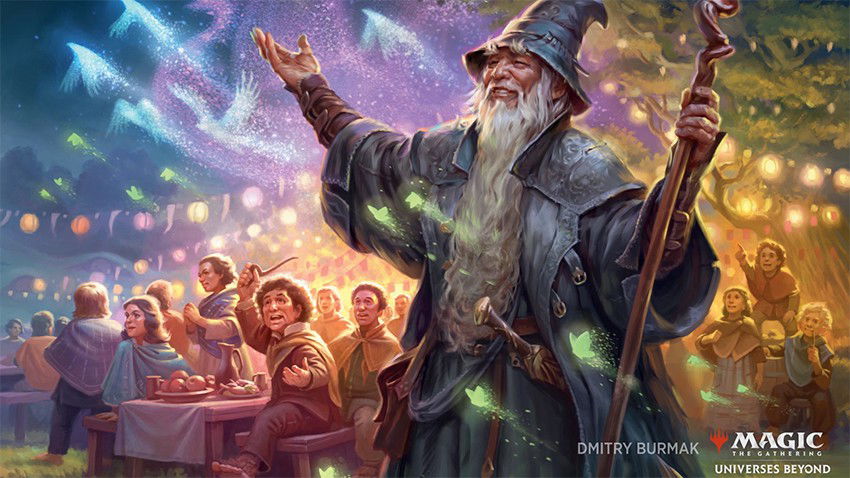
Lord of the Rings was, until this year, the best-selling Magic set in history. Today, we know that Final Fantasy has already surpassed it just through preorders. But if FF did so, it was because Lord of the Rings paved the way and showed the gigantic gold mine that exists in captivating an audience with Universes Beyond in a mainline, tentpole set.
A few months later, Magic announced a partnership with Final Fantasy and Marvel. While the details were unclear, it was expected that these would be sets along the lines of Lord of the Rings — legal in Modern and beyond, but away from the Standard environment, and we know from interviews and comments from the design team that Final Fantasy was originally designed for Modern and changed direction midway through.
It changed because the priority changed along with it: in October 2024, Magic announced that Universes Beyond would, starting in 2025, be legal in all formats of the game and that, now, half of the sets in a year would be from the series, while the other half would be from what they called the “Magic IP”.
For practical purposes, this means that Magic as a universe has lost ground to make room for partnerships with other brands. This is where we are, and it is with Final Fantasy that these changes apply.
The point of no return for Magic: The Gathering is now.
What changes from now on?
At the same time, it is everything and nothing. It depends on how you, as a player and consumer, see Magic: The Gathering.
The essence of Magic is the game, and this — for the moment — will not change. What changes is what each card within this game comes to represent: the characters contained in a single multiverse are out, and Cloud, Midgar Mercenary is in, and in a few months, some variant of Sensational Spider-Man will be legal in Standard. A few months later, it will be Aang and his friends' turn to make their way to the game tables, and the expectation is that this movement will be replicated in 2026, and if it works out, in 2027, and so on.
Changes won't be felt right away. First, Final Fantasy doesn't seem like a format-defining set today. It's not above the power level when compared to the rest of Standard's vast card pool — but it has three years of longevity in the format, just like all Universes Beyond releases from this point on.
The years of "full Magic" releases will slowly be replaced by those in which Universes Beyond permeates half of the releases, and if the pace remains the same in two years, when Final Fantasy is in its last year before rotation, the game's competitive scene will have hundreds of other characters from different brands battling it out at Standard tables and starring in decks that show up on Pro Tour broadcasts.
This fate for Magic is not an if, but a when. What began in 2020 as “just another cool thing on top of all the other cool things we do” with Secret Lair x The Walking Dead is now, five years later, part of the genesis and competitive structure, its cards will be presented live at the top of the tables at major tournaments, and the next world champion may, perhaps, achieve his glory thanks to Sephiroth, Fabled SOLDIER, or perhaps because of Peter Parker?

Universes Beyond will be half of Standard in 2027, and it will be inevitable that we will mix Sephiroth, Fabled SOLDIER with Venom or any character from a franchise that partners with Magic: The Gathering in the coming years, and so there will be a time when, by the nature of power creep, competitive Magic decks in non-eternal formats will be largely an amalgam of what these sets can offer.
In some irony, the Tarkir: Dragonstorm season, turbulent due to the impressive results of Izzet Prowess, will be the last memory we have of Magic as it used to exist, and the moment that nostalgic players will use as a reference to say that the structure and aesthetics of the game were better before Universes Beyond — it's worth noting that Magic has been going through a huge aesthetic crisis for a long time. But maybe they'll be right when we mix Cloud, Midgar Mercenary with however many other characters from different universes we have in the game two years from now, and feel that there's something weird there.

In defense of Universes Beyond, no one complained when, in 2017, we were using Ghalta, Primal Hunger to crew a Skysovereign, Consul Flagship and attacking with it and our opponent was using a fearsome Aetherworks Marvel to bring the Lovecraftian interplanar horror Ulamog, the Ceaseless Hunger to the table, or when a Squadron Hawk somehow managed to carry a Sword of Feast and Famine and still fly — Magic never made sense, we just pretended it did — but… Yeah, maybe, down the road, when we get Spider-Man's suit with Cloud to equip Aang with them, we really feel like something is wrong.

Or perhaps, in two or three years, we'll look back at Magic and see that it's just transformed. It's become something more than what it was, and in the process, it's managed to fill our stores with people from very different audiences who have come to share a common passion — playing Magic.
This could be the possible first step for the card game to be recognized as a collective cultural aspect, something that people can unite around, regardless of the differences that exist about their favorite characters and brands. Something to bring humans together in a world where humanity needs more closeness.
The point of no return has arrived. I admit, I have more concerns and uncertainties about the future of the game I've followed for 15 years than relief — I have no idea how sustainable this model of releases and partnerships is in the long term for Magic —, but, in part, there is a feeling of reunion with it caused by Final Fantasy being the starting point of this change that will define MTG in the coming years, and as the FFVII Remake announcement trailer said: The reunion at hand may bring joy. It may bring fear. But let us embrace whatever it brings".
Thanks for reading!








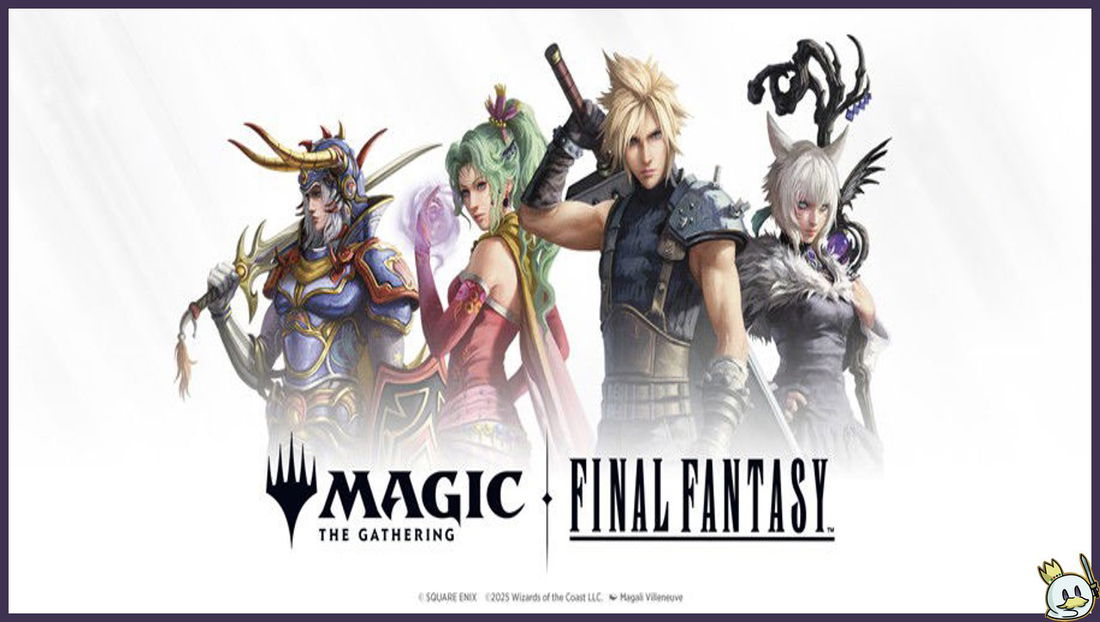
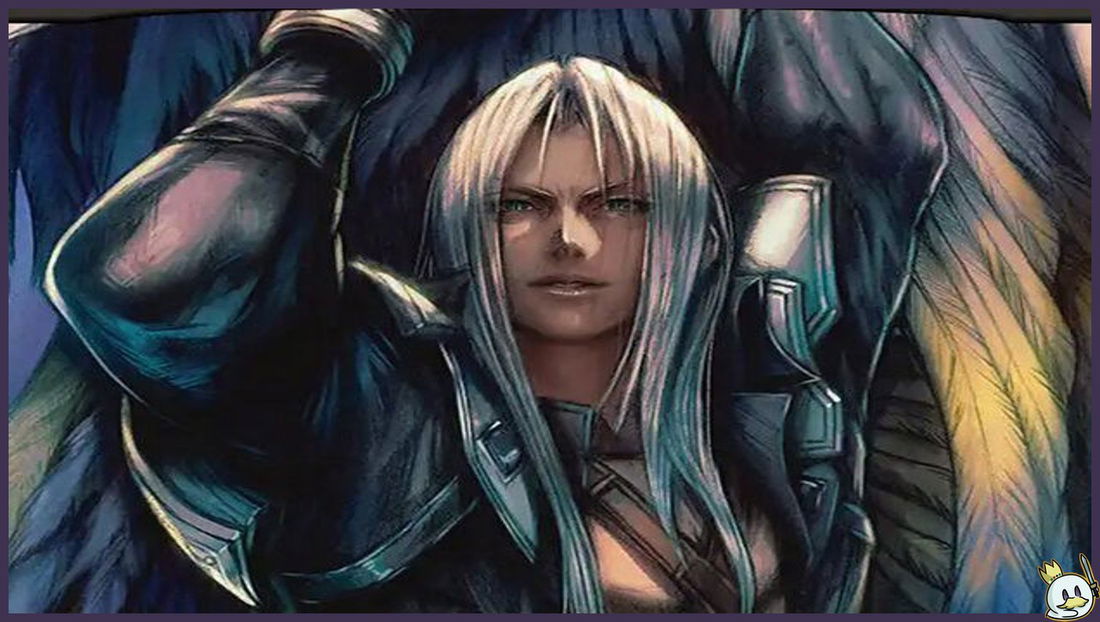



— Comments 0
, Reactions 1
Be the first to comment